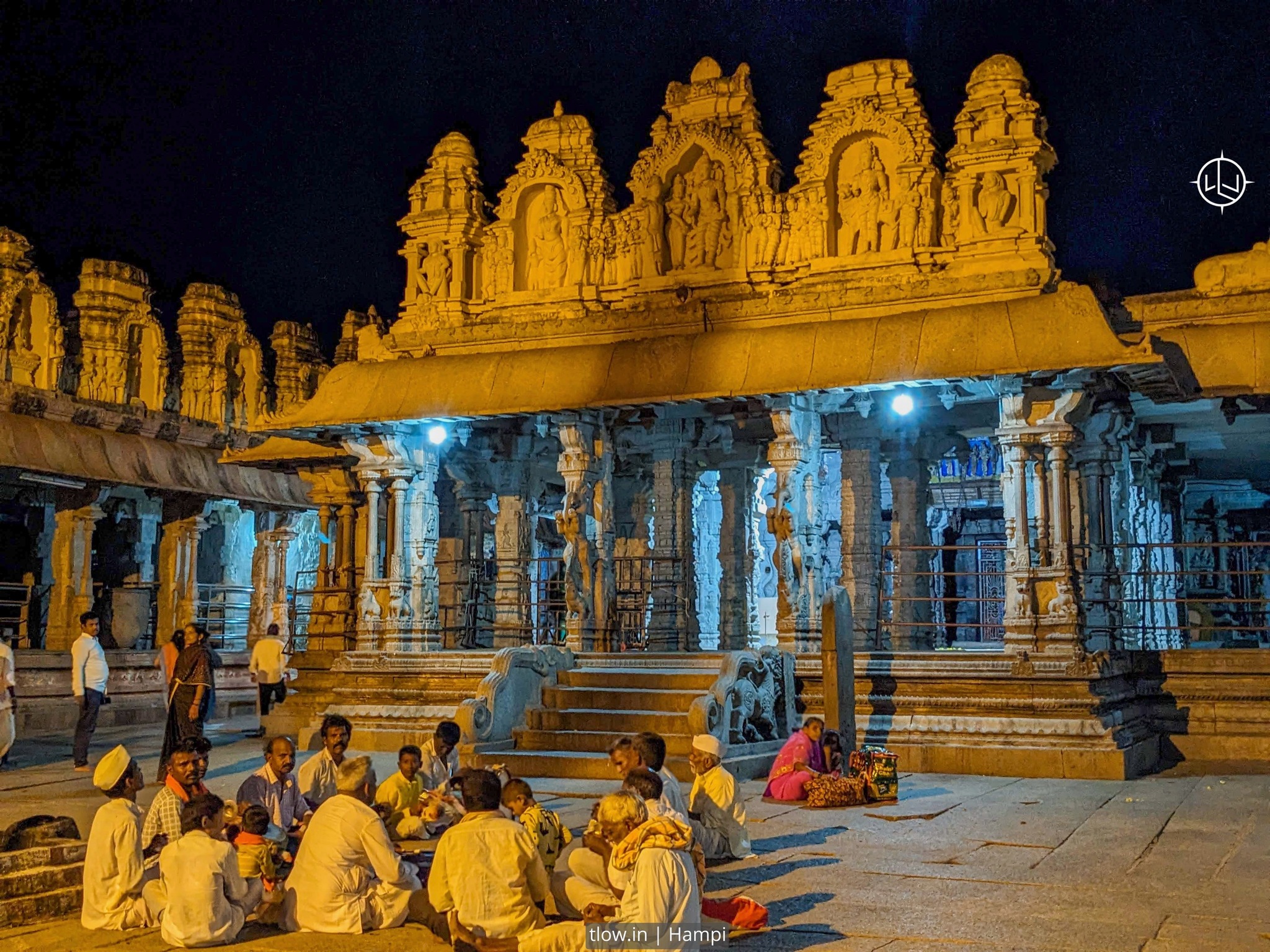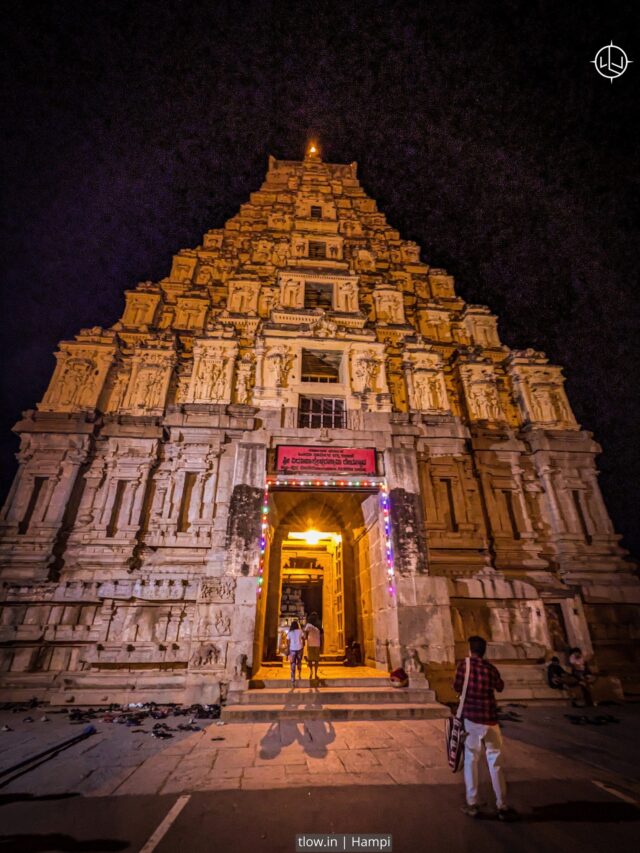
15 Oldest Hindu Temples In India
Hindu temples are sacred structures built for worship and rituals in the Hindu religion. They are considered the dwelling places of Hindu deities and serve as a divine connection between humans and the divine. Hindu temples are renowned for their architectural beauty, intricate carvings, and rich symbolism.
These temples follow specific architectural styles that vary across different regions of India. The most common styles include Nagara, Dravidian, and Vesara. Each style has its unique features and characteristics.
Hindu temples are usually designed with various elements, such as a sanctum sanctorum (garbha griha) where the main deity is housed, a mandapa (hall) for devotees to congregate, and a tower (shikhara) that often represents the mountain peak where gods reside.
Devotees visit temples to offer prayers, seek blessings, and participate in religious ceremonies and festivals. Temples also serve as important cultural and social centers for the Hindu community, hosting various events and activities.
The rituals performed in temples are carried out by priests or pandits who conduct prayers, offer sacred offerings (puja), and perform ceremonial rites. Devotees often engage in various acts of devotion, such as chanting mantras, singing hymns, and making offerings of fruits, flowers, and incense.
Hindu temples are not just places of worship; they also hold great historical and cultural significance. Many ancient temples in India have survived for centuries and are revered as major pilgrimage sites. They attract visitors from all over the world who come to experience the spiritual energy and marvel at the architectural beauty of these sacred structures.












